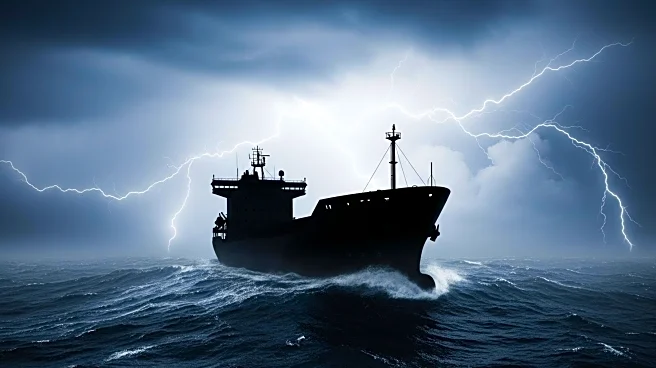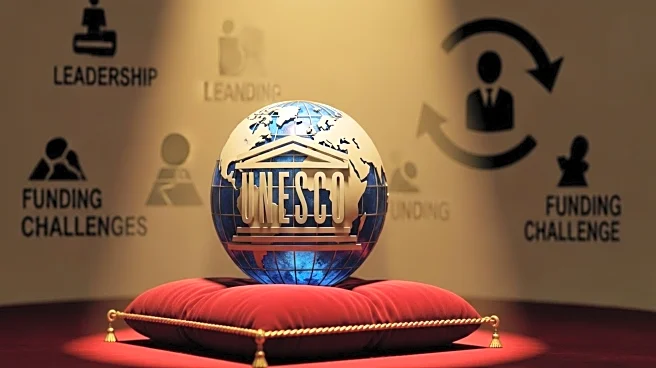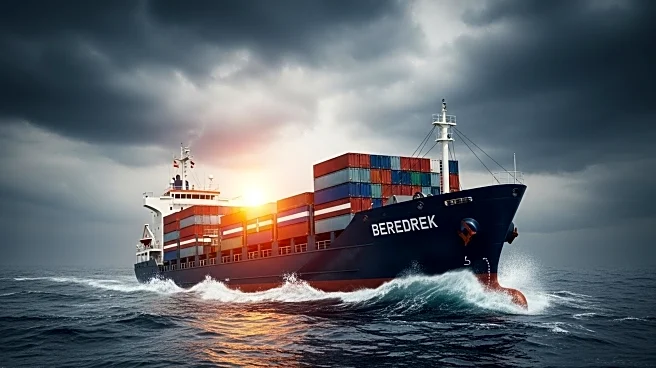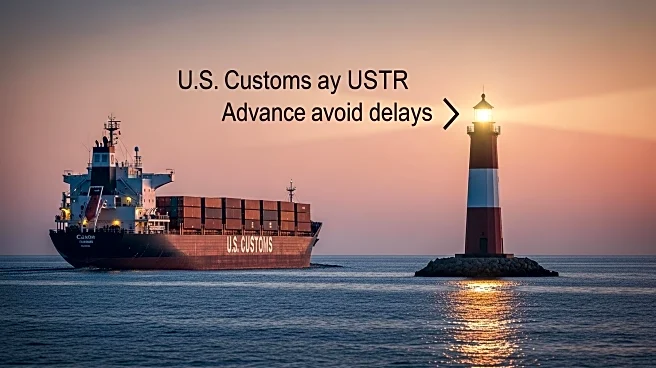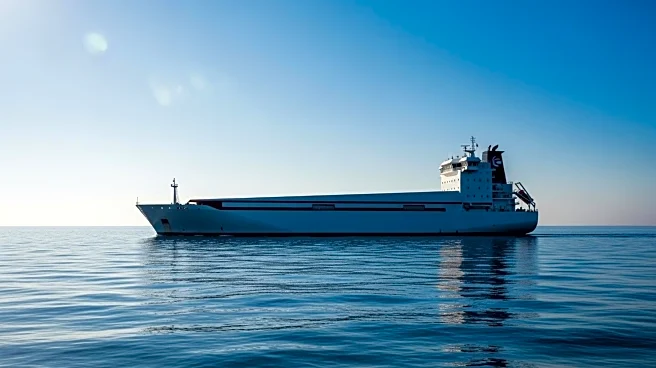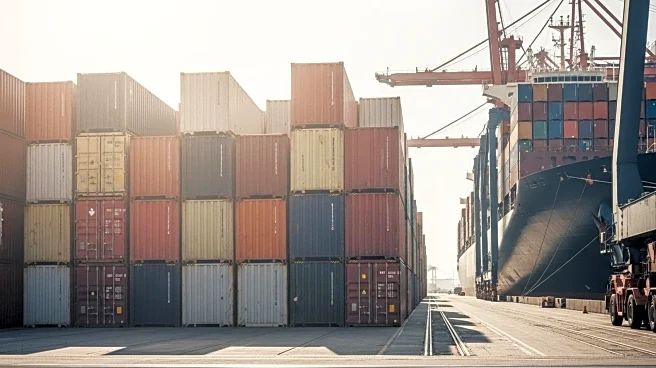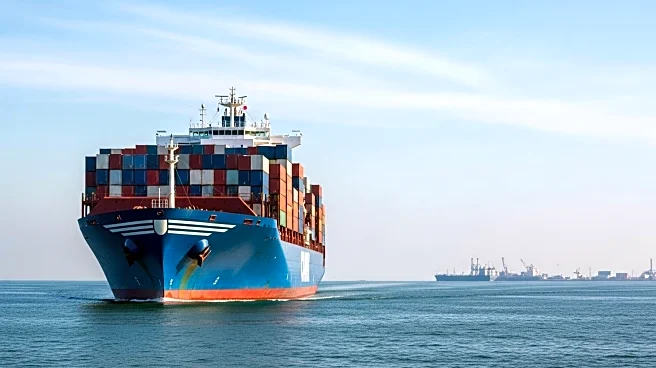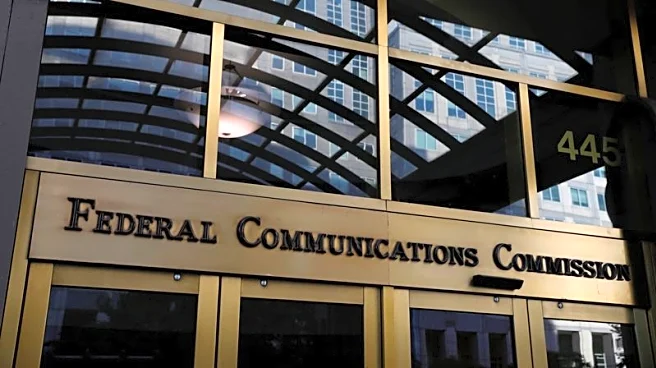What is the story about?
What's Happening?
Consultancy Project44 has reported a significant increase in blank sailings on U.S.-China trade routes, reaching levels not seen since the early COVID-19 pandemic. This surge is attributed to declining demand and ongoing tariff pressures. The consultancy notes that 67 blank sailings are planned for October on China-to-U.S. routes, with China-USWC blanks up 46% year-over-year and SE Asia-USWC blanks up 41%. The increase in blank sailings is a strategic response by carriers to manage weaker U.S. import demand and the uncertainty created by tariffs. Export volumes from the U.S. to China have also decreased by about 40% year-over-year, reflecting consistent low levels throughout 2025.
Why It's Important?
The rise in blank sailings highlights the impact of tariffs on global trade, particularly between the U.S. and China. This development affects various stakeholders, including manufacturers, importers, and end users, who bear the cost of tariffs. The strategy of blank sailings aims to maintain rate stability in a market distorted by tariffs, rather than responding to a crisis. This situation underscores the ongoing challenges in international trade and the need for businesses to adapt to fluctuating trade policies and demand. The reduction in export volumes also indicates potential economic implications for U.S. exporters and related industries.
What's Next?
As carriers continue to adjust their strategies in response to tariff pressures, further changes in trade patterns may emerge. Businesses involved in U.S.-China trade will need to monitor these developments closely and adapt their operations accordingly. The long-term effects of tariffs on sourcing and trade volumes may take years to fully materialize, suggesting a period of adjustment and potential shifts in global supply chains. Stakeholders may also advocate for policy changes to address the economic impact of tariffs and support more stable trade relations.
Beyond the Headlines
The increase in blank sailings due to tariff pressures raises questions about the sustainability of current trade policies and their broader economic impact. The situation highlights the interconnectedness of global supply chains and the potential for policy decisions to have far-reaching consequences. As businesses navigate these challenges, there may be increased interest in diversifying supply sources and exploring alternative markets to mitigate risks associated with tariff fluctuations.
AI Generated Content
Do you find this article useful?
